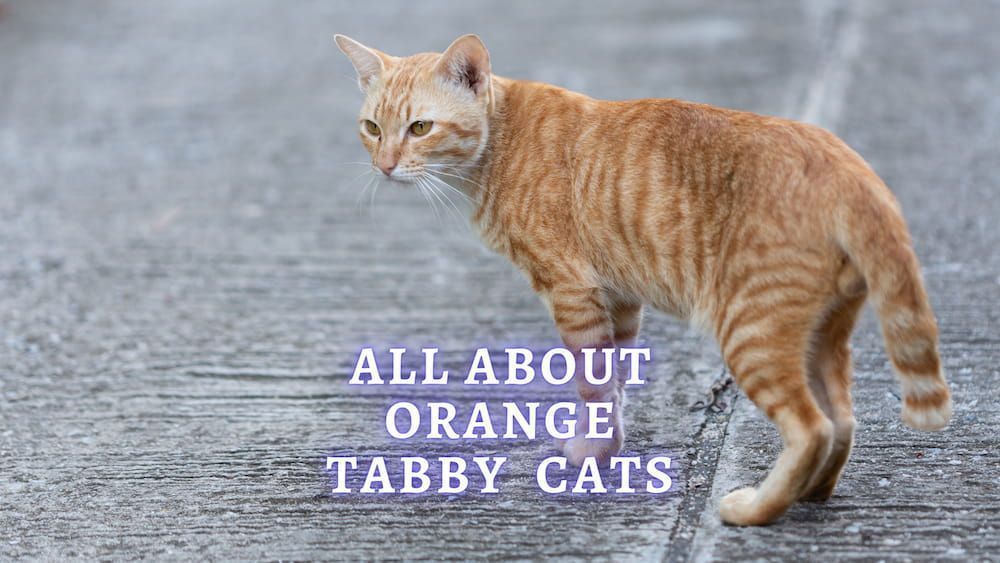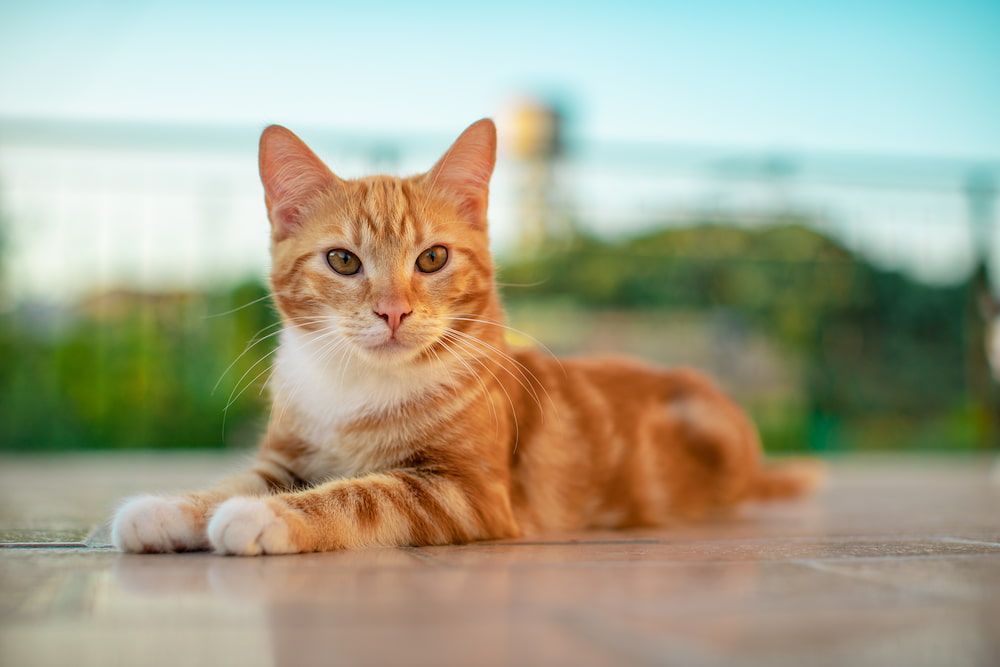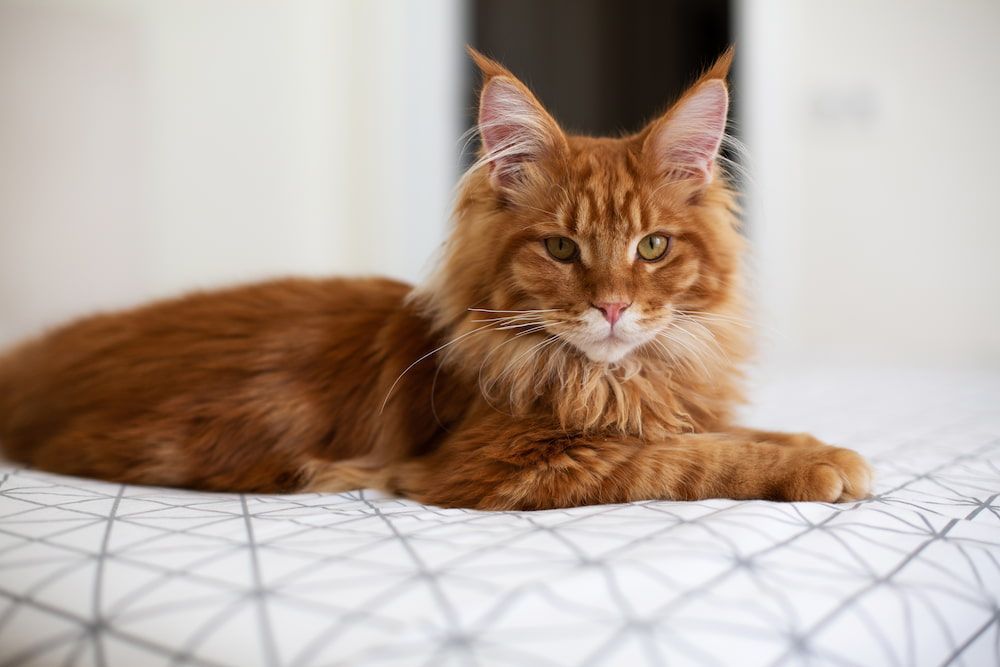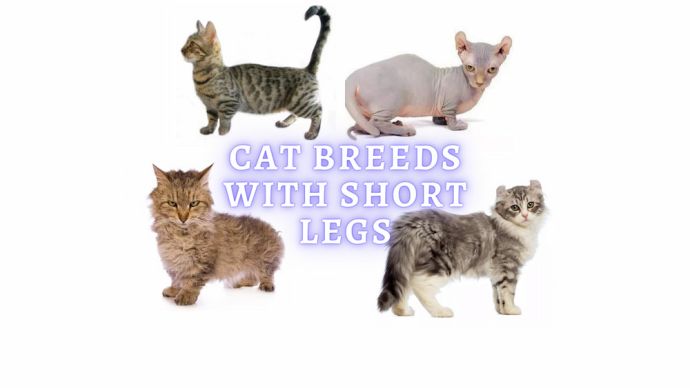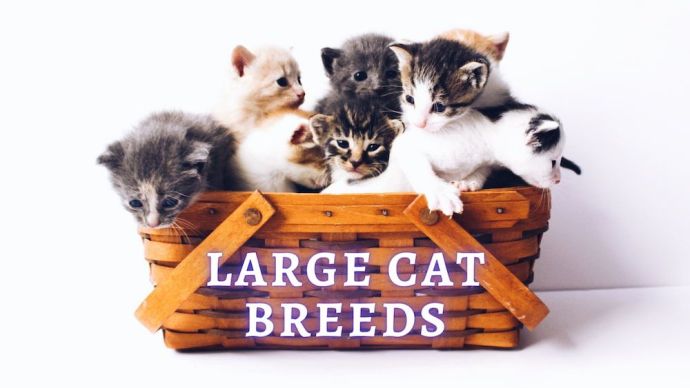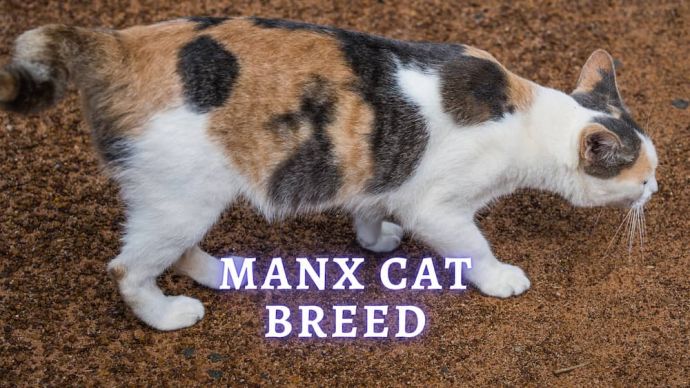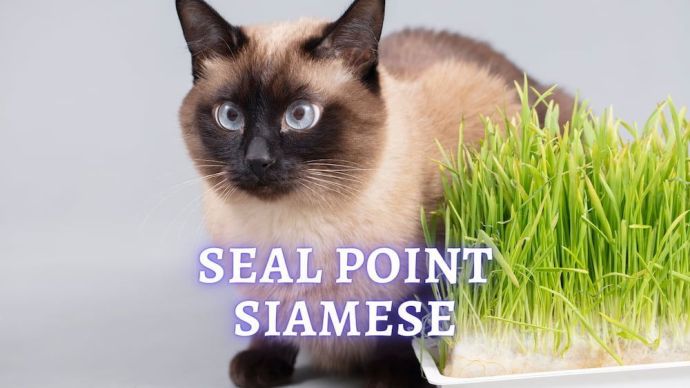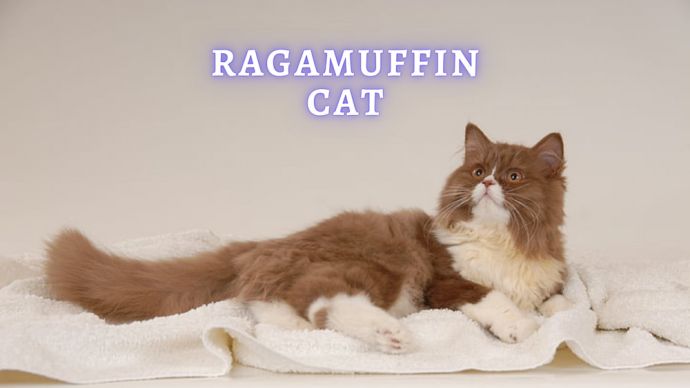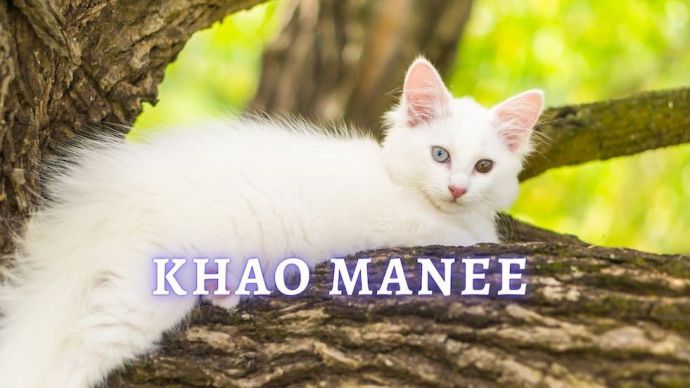Orange Tabby Cat Facts You Didn’t Know
Written by:
Author: Marissa Prizio
Marissa Prizio attended the University of New Hampshire and earned a bachelor's degree in biomedical Animal Science. Marissa has always enjoyed writing; she was even mixing literature classes into her science major in college. During her writing career, she has edited eBooks, written for a variety of websites, and created audio-visual courses for sustainability.
View all 36 articlesLearn about our editorial process and veterinary review board.
Viewed: 99
Updated on: 05/12/2023
Orange cats have always held a place in people’s hearts. Their iconic copper fur has turned the orange tabby into famous cats like Garfield and Disney’s Oliver. It’s hard to deny the charm of an orange tabby, but what exactly makes them so unique and loveable? Let’s discover all of the intricacies related to this fabulous fur color!
Interesting Orange Tabby Cat Facts
Orange tabby cats are more than a color; they are carriers of a unique set of color-related genetics. Facts about orange tabby cats tend towards personality types, but we are going to go beyond orange tabby lore. Most orange tabbies are known for their playful and chatty personalities, but here are some facts that all orange tabbies share. [1] [2]
1. All Orange Cats Sport Stripes
Did you know it is impossible to find solid ginger cats? Not all tabbies are orange, but all orange cats are tabby cats. That’s right, even orange cats without white patches are not considered solid orange color; instead, they are recognized as orange tabbies due to their tabby patterning. This is because the gene causing their orange coloration is connected to the agouti gene, which results in banded fur. [3]
Like most other tabby cats, orange cats can come in variations. This can include tickled tabby, which is often used to refer to lightly spotted or faint tabby patterning. Patched tabby is another variation, where a patch of orange on a multicolored cat will have tabby stripes even if the rest of the cat’s fur colors do not. [4] [5]
2. The Gender Gap
Research has found that a female orange cat is rare than males. Most orange tabby cats are male due to the orange tabby gene being linked to the X chromosome. Since female cats have two X chromosomes they need both chromosomes to carry the orange gene to develop orange fur. Male cats have only one X chromosome, so they only need one orange gene to become an orange tabby.
In general, orange tabby female cats make up to 20% of the orange cat population, while males make up 80%. [4]
3. The Mysterious “M”
Orange tabby cats are known for a signature marking amongst their stripes. Right above their eyes are a few tabby pattern markings that make an “M”. [5] The exact purpose of this marking is unknown, but it is an iconic part of the tabby cat look.
4. Tiny Tigers
The orange tabby appearance may not seem advantageous in terms of camouflage through our human eyes, but their big cat cousins have put this unique orange coloring to good use. It is suspected that tigers evolved with their signature orange stripes because some prey species, like deer, can not see orange. This makes tigers appear green in their prey’s eyes, adding to their camouflage. [1]
An orange tabby feline is unlikely to be taking down deer in the jungle, but it is interesting to note that other species of animals may not see them as orange.
5. Genuine Gingers
An orange cat is a ginger cat. That’s right, these fabulous felines get their copper-colored fur from the same compound that causes copper-colored hair in humans, pheomelanin. [7] It’s exciting to think that ginger cats share this uncommon color variant with some humans.
Orange Tabby Cat Breeds
Since orange fur is so iconic, the fact that an orange tabby is not a breed of cat can come as a surprise. Orange tabbies are just tabby cats with a color variation. This can be seen in their classic tabby cat pattern that is mixed with all orange fur, even on multi-colored cats.
While these are not breeds, orange tabbies are also often referred to as marmalade cats or orange mackerel tabbies. Marmalade cats tend to have a dark orange swirl as their tabby pattern, while mackerel tabbies have the classic tiger-striped silk fabric fur design. [5]
What Breed Of Cat Is An Orange Tabby?
Since tabby is a color pattern, an orange tabby does not belong to one particular breed. Instead, orange tabbies can appear in a variety of breeds and mixes. Cat breeds that can include tabby cat patterns are the Maine Coon, Bengal cat breeds, and a few others.
Tabby cats, especially of the orange variety, hold a special place in many hearts. This is why you can find orange tabby patterns that are also categorized as Persian and Maine Coon. With proper breeding, these desirable attributes are worked into a variety of recognized breeds, but they have also persisted unintentionally in mixed breeds. [5]
What Is So Special About Orange Tabby Cats?
Aside from their perfectly kissable pink noses and iconic big kitty eyes, orange tabbies are special because of their unique physical and social tendencies. A coat pattern including orange is fairly unique when you consider how few mammals share such a bold appearance. Solid orange fur may not be possible, but their classic orange tabby stripes add even more uniqueness to each individual since every mackerel tabby pattern is slightly different.
Cat lovers also tend to note that orange cats are much more social than the average tabby cat. While other cats can be aloof, orange tabby cats are known for their chatty and playful personalities. [1] [2] Their reputation for being boisterous, lovable goofballs has caught the affection of many cat fanatics.
Are Orange Tabby Cats Good Pets?
If you are looking for a social and lovable best friend, then an orange tabby cat may be in your future. Like any other cat, orange tabby cats can make great companions when they are well cared for. They are typically considered an indoor cat since they stand out in the wild and are the result of centuries of domestication.
Orange cats have a reputation for a specific personality which is often regarded as goofy and loveable. This is a hard point to prove, and while most orange cat owners will stand by this color-coded personality type, it is worth noting that other factors of a cat’s genetic makeup can influence how they act. Orange cats can exist in various breeds and mixes, so all of those factors also tend to play into their personality. [1] [2]
RELATED: Orange Cat Breeds
An orange tabby kitten may be exceptionally adorable, but like all other kittens, they are a handful and need appropriate care. They can make a wonderful companion if you provide your orange tabby with quality cat food, places to play, and plenty of affection. [8]
Are Orange Tabby Cats Rare?
Orange tabbies are unique, but they are not exceedingly rare. Female orange tabby cats are certainly less common than their male orange cat counterparts due to their extra X chromosome, but you can still find one with some effort. [4]
On the other hand, solid ginger cats are extremely rare since they exist only in cartoons. All orange cats are tabby cats and bare the classic tabby patterns. The intensity of these patterns can range from light spots to a dark swirl along each side. Orange tabby marks can even appear on bi or tri-colored cats, making each copper-colored cat unique. If you are looking to add a loveable pop of color to your home, a few shelter visits can help you find your perfect orange companion!
READ MORE: Maine Coon Tabby Mix
Article Sources:
- Anwar, Yasmin. “Don’t Be so Fast to Judge a Cat by Its Color, Study Warns.” Berkeley News, 21 July 2015, news.berkeley.edu/2012/10/23/cat-color/.
- Delgado, Mikel. “Human Perceptions of Coat Color as an Indicator of Domestic Cat Personality.” PubAg. pubag.nal.usda.gov/catalog/6886056.
- “Agouti.” Veterinary Genetics Laboratory, 1 May 2023, vgl.ucdavis.edu/test/agouti-cat.
- “Are All Orange Tabby Cats Male?” Animalpath, animalpath.org/are-all-orange-tabby-cats-male/.
- “Tabby Cat Facts.” ASPCA Pet Health Insurance, 20 Apr. 2016, aspcapetinsurance.com/resources/tabby-cat-facts/.
- “Why Are Tigers Orange?” Live Science, livescience.com/why-are-tigers-orange.
- Ito, Shosuke. “Quantitative Analysis of Eumelanin and Pheomelanin in Humans, Mice, and Other Animals: A Comparative Review – PubMed.” PubMed, 1 Oct. 2003, pubmed.ncbi.nlm.nih.gov/12950732/.
- Nolen, Scott R. “Study Describes Pet Cat Personality.” American Veterinary Medical Association, 11 Oct. 2017, avma.org/javma-news/2017-11-01/study-describes-pet-cat-personality.
 Cat Care Why Does My Cat Attack My Legs? 10 Reasons Why and What To Do About It (Vet-Approved Advice)
Cat Care Why Does My Cat Attack My Legs? 10 Reasons Why and What To Do About It (Vet-Approved Advice) - 45087
- 21
 Cat Veterinary Tips Cat Stomach Gurgling: Vet Advice on Why is Your Cat Stomach Gurgling?
Cat Veterinary Tips Cat Stomach Gurgling: Vet Advice on Why is Your Cat Stomach Gurgling? - 33736
- 4
 Cat Veterinary Tips My Cat Lost its Voice: Can Cats get Laryngitis? (Vet Advice)
Cat Veterinary Tips My Cat Lost its Voice: Can Cats get Laryngitis? (Vet Advice) - 22891
- 13









